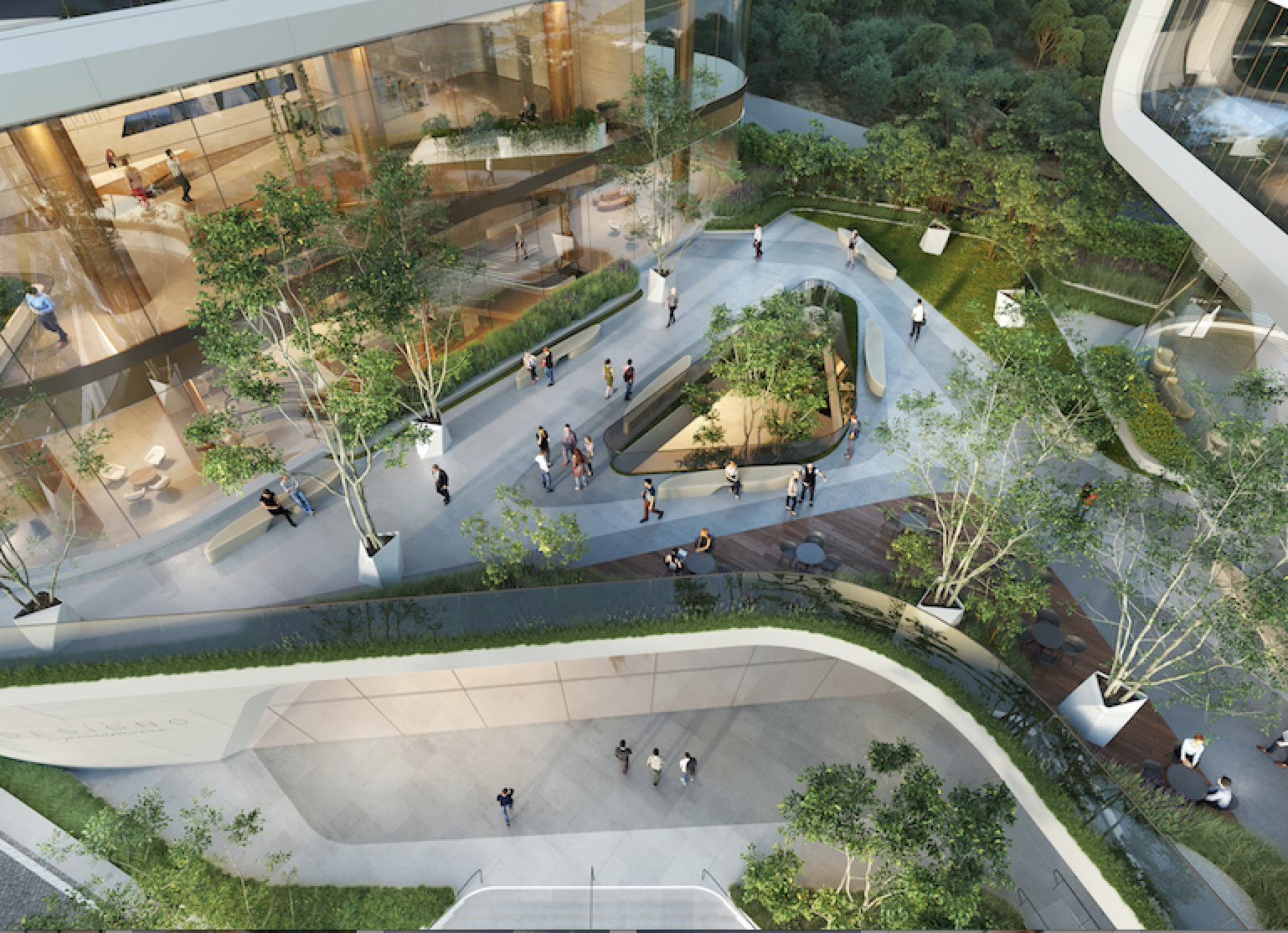Pininfarina’s Paolo Trevisan explores how human-centric workplace design can support and create healthy, happy, and safe spaces.
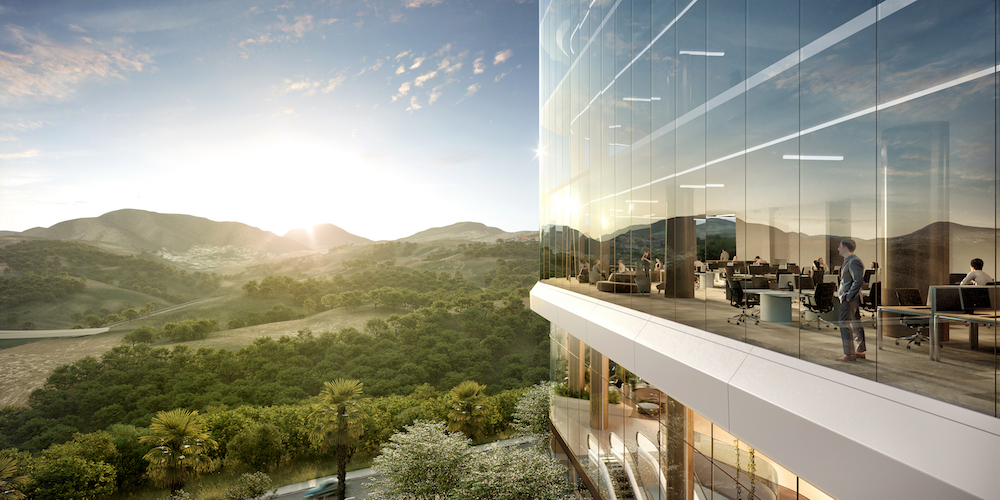
Living and working are in a constant state of evolution. Historically, it may have been that the quality of a workplace was measured by its ability to manufacture productivity, but we have seen and experienced a shift in workplace improvements in recent years that seek to achieve new goals – from the introduction of open floor plans and the creation of common areas and pockets of leisure to foster community interaction, to establishing flexible shared workspaces and accounting for remote working, etc. We have been moving in the right direction, and yet, the unprecedented nature of this year has initiated many additional changes to our daily routines. It has made us rethink our goals, as well as our priorities. As a result, workplace design is evolving even faster in the trajectory that prioritizes human beings, wellness, and flexibility. As we continue to re-evaluate our needs when it comes to the modern office, it is undeniable that a more balanced, human-centric workplace approach will come to characterize our professional lives, no matter where we work.
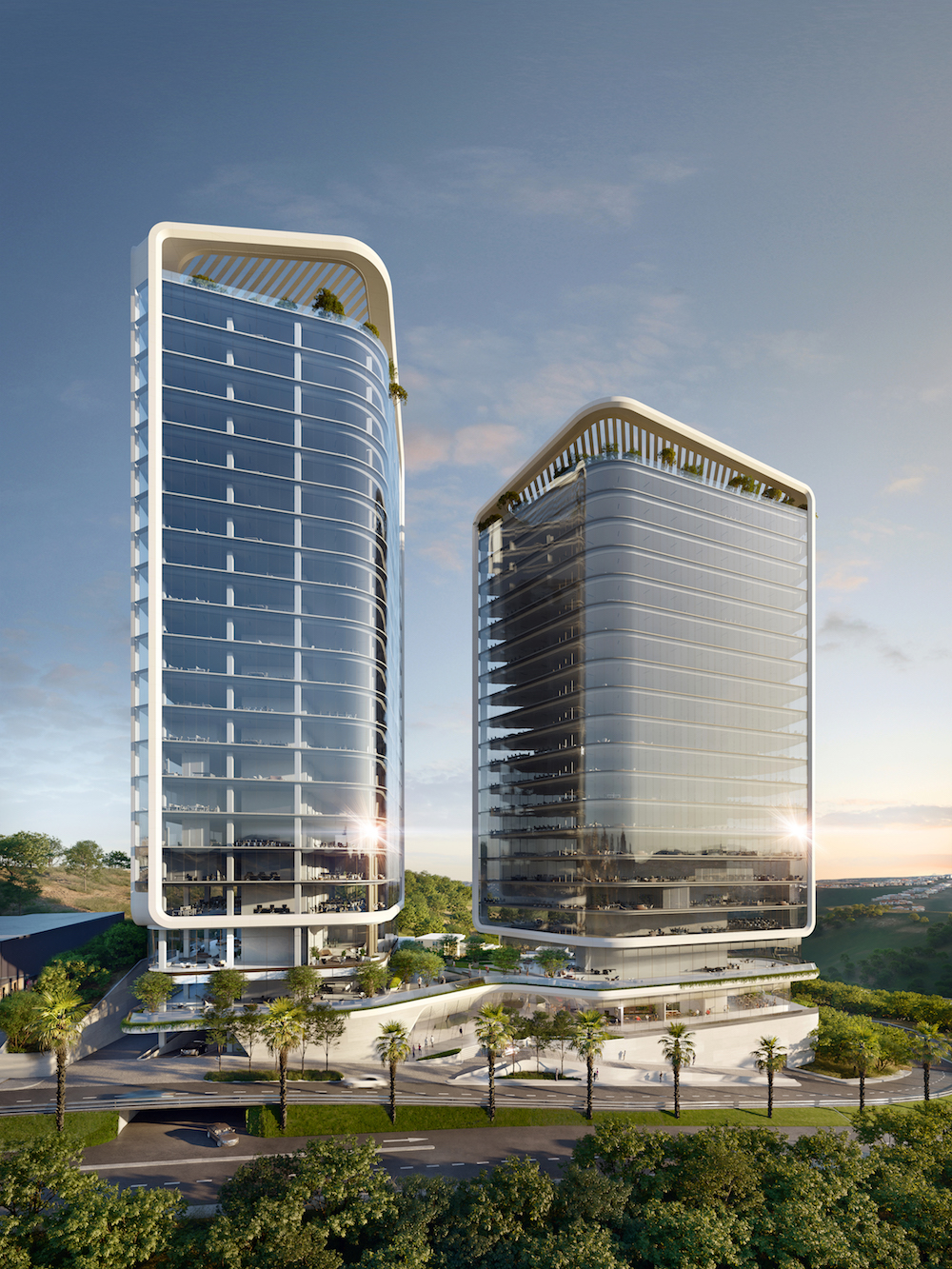
A New Philosophy for the Workplace
Since the early days of human civilization, architecture has responded to the most basic human needs; warmth, shelter, etc. Recently, we are seeing a big focus on wellness and our needs to reconnect with nature in order to have a more balanced lifestyle and be healthy from a holistic standpoint — the more we take care of our bodies, the more resilient we are as humans.
Driven by the philosophy that good design can support good health, we seek to incorporate the five senses — sight, smell, touch, taste, and sound — into each new space we create. By remaining rooted in the human experience and championing the senses, these spaces can offer moments of healing and tranquility for the mind, body, and spirit. As the awareness of the impact of architecture on our daily lives continues to grow, we believe that this approach will become universal in design. Moreover, its benefits will be most notable in the place where, until recently, we have spent the majority of our adult lives: the workplace.
In a new world that has challenged physical boundaries, the office will have to conquer a new and very important role. The office will cease to be a physical place where employees must work from. It will be the representation of a company’s culture, the flag of a company’s values, and a place to grow the company’s vision – both for employees and for guests. Furthermore, it will be more important than ever that this physical structure establishes a strong sense of place, providing a meaningful experience that engages and empowers people.
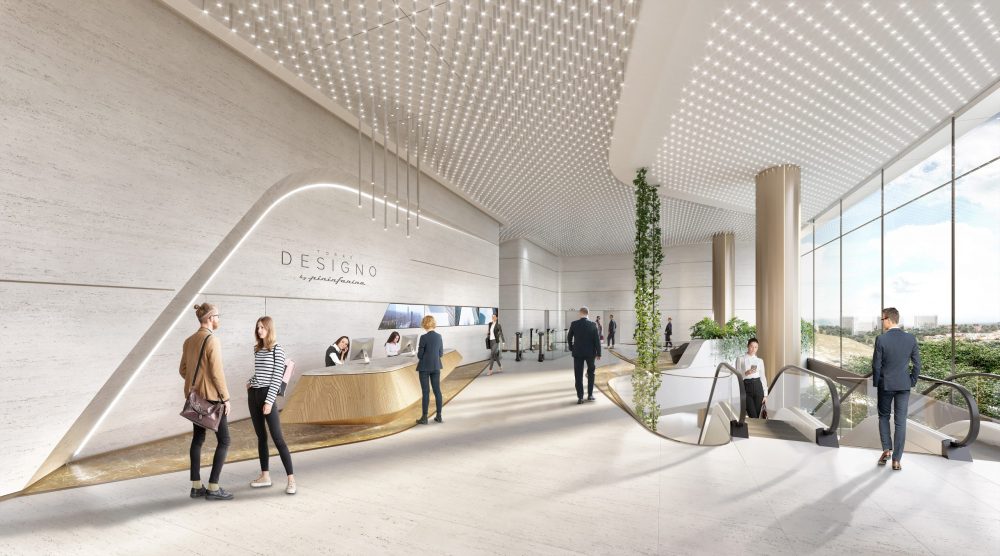
Designing for a New Level of Engagement
As this transition in workplace design philosophy begins to take hold, we anticipate that we will see a greater emphasis on adapting strategic technical and infrastructural improvements, as well as distinct new aesthetic choices related to human behaviors. There are multiple ways in which organizations can embrace – and have been embracing – these shifts, but the demand for these types of changes has been exponentially compounded over the last few months.
As the next generation of the modern workplace begins to take shape, workers are likely to grow increasingly concerned with the health of their spaces – just as they are with the health of their bodies. As we see an increased focus on health and wellbeing in all aspects of our lives, biophilic design can also be used as a tool for companies to make employees not just physically healthy but mentally happy. This can be achieved in part through the use of natural materials as active design elements, promoting outdoor experiences indoors, encouraging physical movement, improving indoor air quality, and offering an abundance of natural light. We also anticipate that more workplaces will be designed to intuitively integrate outdoor space – and those two realms should seamlessly blend together to create a balanced scheme. For our recent commercial tower in Mexico City, we’ve designed several outdoor common areas intended to provide a unique opportunity for workers to come together to collaborate, address challenges, and brainstorm new ideas. These concepts, however, must be reinforced through a strong sense of security underpinning the day-to-day experience.
As we see an increased focus on health and wellbeing in all aspects of our lives, biophilic design can also be used as a tool for companies to make employees not just physically healthy but mentally happy.
Security, in this sense, is both physical and psychological. Environmental changes will be necessary to drive shifts in human behavior – from remapping floor plans to accommodate safe distancing to the integration of smart scheduling technology that helps to organize activity and flow of movement. These adjustments will create an intuitive, structural framework within which designers can address cognitive improvements. Recalling the principles of biophilic design, these more aesthetically driven changes are intended to evoke particular feelings of warmth, comfort, and safety through soft color schemes and natural materials. Fostering this sense of security is especially important in collaboration areas, such as conference rooms or lounges, where workers must trust that interactions with one another are safe. For heads-down work areas, we envision greater versatility, functionality, and modularity to continue allowing for adaptation over time.
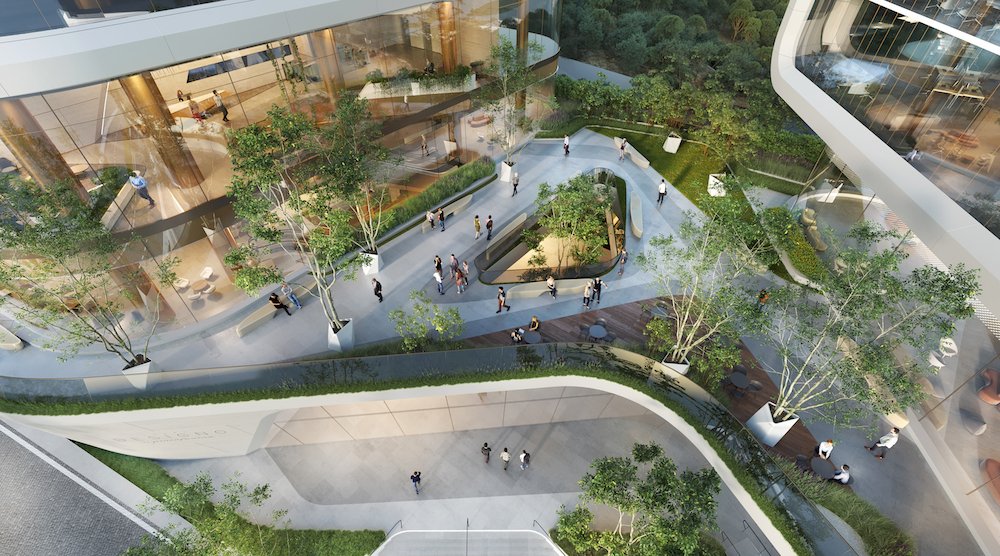
The Emergence of Neighborhood-based Workplaces
We’ve started to see a re-emergence of more activated neighborhood centers – where amenities are concentrated in a smaller radius rather than spread across larger metropolitan areas. This phenomenon has been accelerated by the COVID-19 pandemic, amplified by the desire to avoid public transportation in major cities, which has refocused some attention on the hub-and-spoke workplace model. As we continue to move toward a more neighborhood-based model of living, we believe that the hub-and-spoke approach will continue to gain traction with the resurgence of live-work-play communities.
While not an entirely new concept, the hub-and-spoke framework shifts an organization’s real estate strategy away from a primary emphasis on a large HQ to a plurality of workspace – where a central “hub” location serves as a client-facing meetings and events destination, complemented by a network of smaller “spoke” offices positioned closer to where employees live. As people continue moving away from urban centers in pursuit of backyards and more square-footage, the demand for “spoke” offices increases. This trend is exemplified in our recent commercial tower project, Torre Designo, which is located within Bosque Real’s six million square-meter, privately owned development – and one of the most premium neighborhoods in the outskirts of Mexico City. The tower is being designed for the development’s residents, and its amenities cater specifically to that audience.

To that end, we believe that there will be a revival of public parks and plazas, which will return as fundamental locations for social interaction, special events, and a connection to nature. These centralized spaces will serve as an important anchor point, around which we envision an array of retail offerings and regional workplaces that encourage both walkability and micro mobility. Our team recently collaborated with a micro-mobility technology start-up, SunVessel, to create an indoor electric charging station for a personal mobility vehicle network to offer as a tenant amenity for both commercial and multifamily buildings – which further exemplifies this shift in consumer demands where the need for hands-free, short-distance transportation is on the rise.
Ultimately, we have realized the importance and relevance of wellbeing in the workplace in order to promote a healthier relationship with daily routines. Placing the human at the center of the experience, our teams are dedicated to exploring these new possibilities to build the future through design, enhancing everyday experiences. We spend the largest portion of our active day working – it is a key experience in our day-to-day lives so together, we must support and create healthy, happy, and safe spaces for the workforce that put the people who interact with these areas first.

